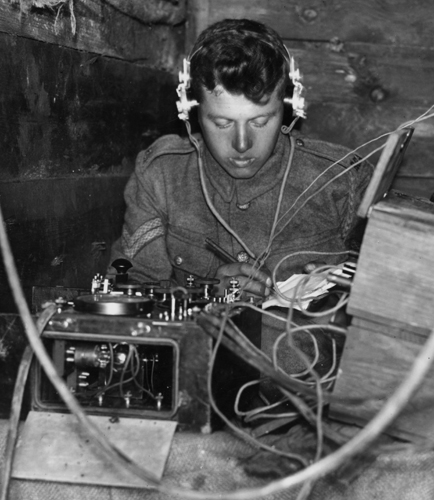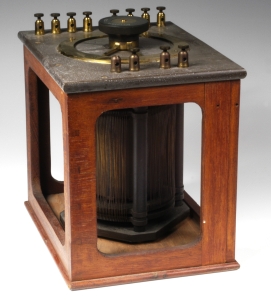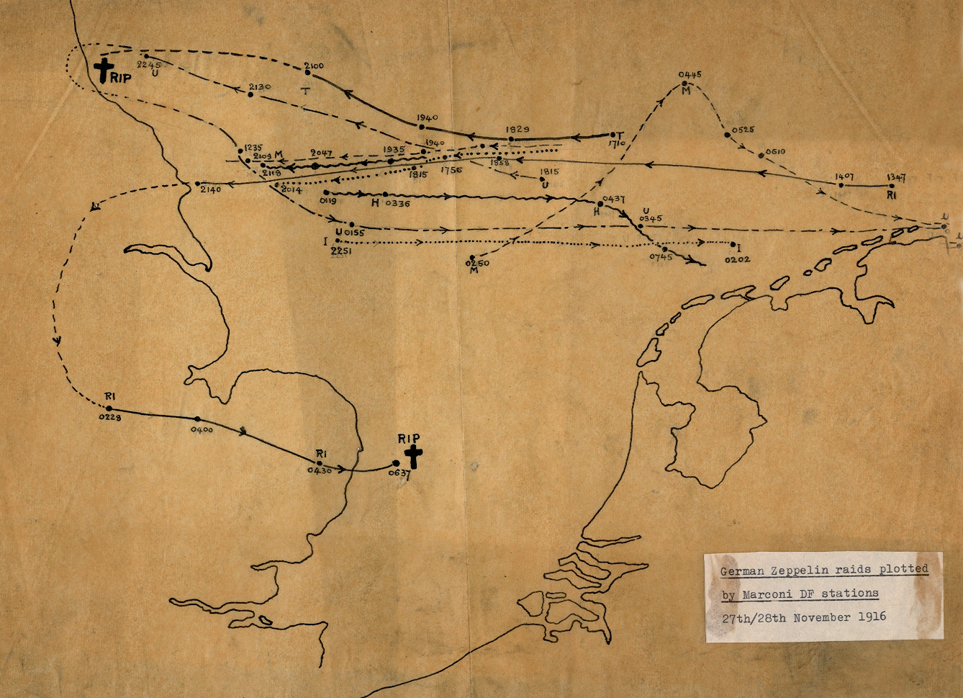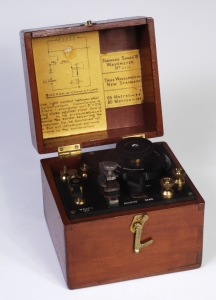
It was obvious from the outbreak of World War I in 1914 that wireless had become a technology of great strategic importance. The British government immediately took control of parts of the Marconi company, such as its latest transatlantic stations in Wales and its factory in Chelmsford, and the company established an ambitious training programme for wireless operators. While government restrictions meant that public developments were suspended, the demands of war – from land, sea and airborne services – meant that other technical developments were accelerated.
Wartime priorities emphasised the potential for counter-offensive inherent in wireless communication – signals could be intercepted, for example, and direction-finding techniques could locate the positions of enemy transmitters. Once it was possible to locate trench wireless sets, enemy troop positions could also be known, as well as Zeppelins and other hostile aircraft. It was detection of wireless traffic that alerted the British navy to the movements of the German fleet and precipitated the Battle of Jutland in May 1916.

Interior of Royal Engineers, British Army forward wireless station at Moyenneville, the Somme in 1917.

Marconi Bellini-Tosi Direction Finder, by Marconi’s Wireless Telegraph Co. Ltd, c.1916. Designed for detecting the positions of enemy wireless stations, it was used by the Royal Navy and British Army to trace the position of German submarines, surface naval vessels, and Zeppelins.
Marconi Collection: Inv Num 78859

Map of Zeppelin routes tracked by Marconi Direction Finding equipment on 27–28 November 1916. Zeppelins (German airships) were used for reconnaissance and for bombing raids over the east coast of Britain. This map shows that two of the airships were shot down at the places marked.

Forward Spark ‘B’ Wavemeter, c.1918. This set has been marked by the Signals section of the Flying Corps under the command of the War Department and can be dated to before April 1918 and the formation of the Royal Air Force.
Marconi Collection: Inv Num 56341
 Wireless World: Marconi & the making of radio
Wireless World: Marconi & the making of radio